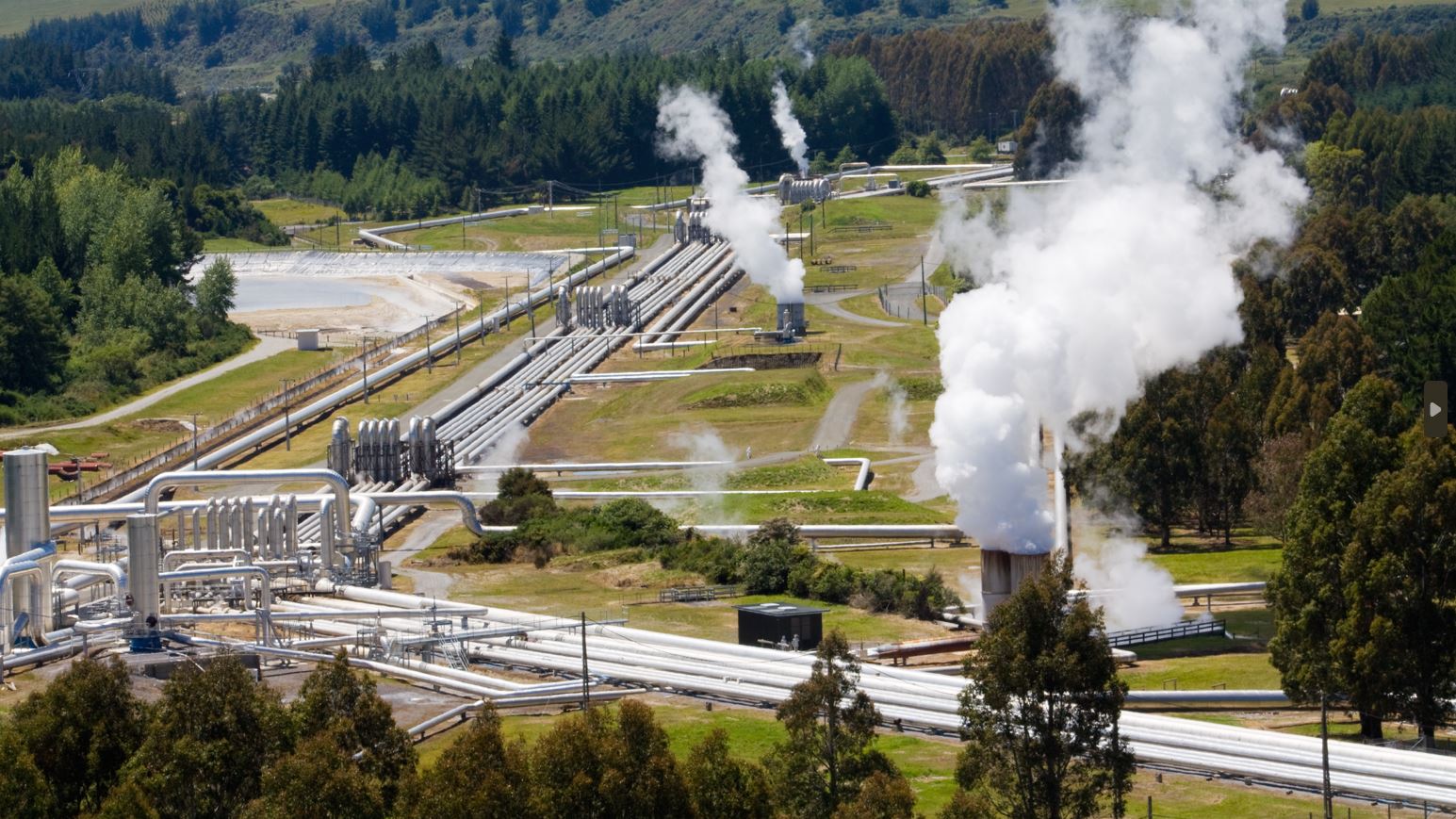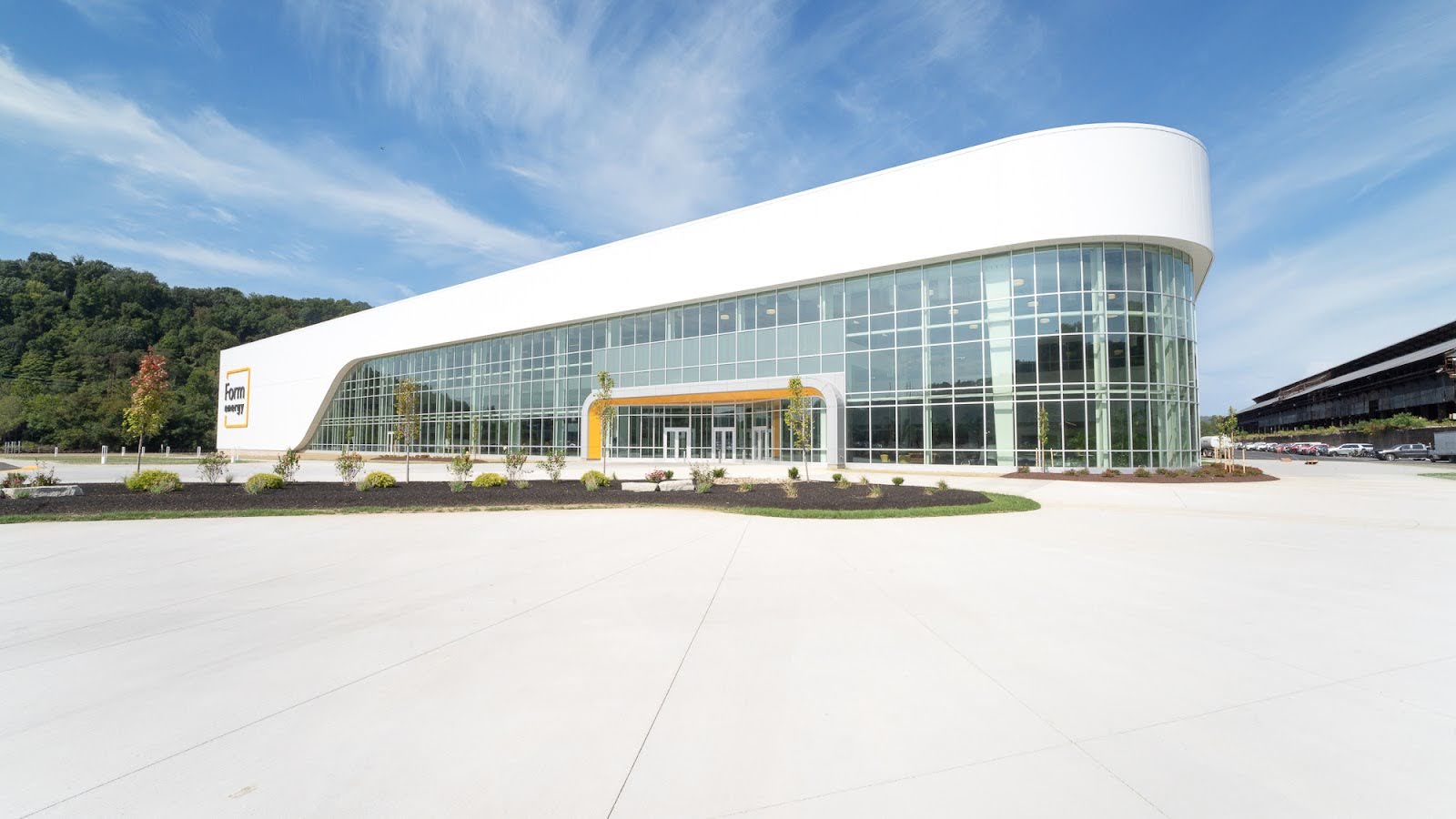As the world transitions to low-carbon energy, Canada’s vast geothermal resources present a critical yet underutilized opportunity to diversify its renewable energy mix. Realizing this potential will require overcoming economic, regulatory, and technological challenges. This article explores Canada’s geothermal potential, its key resource areas, the role of Enhanced Geothermal Systems (EGS), and the policy measures needed to transform Canada into a global leader in geothermal energy production.
Canada’s Geothermal Resource Landscape
Geothermal energy in Canada is primarily located in three distinct geological regions: the Canadian Cordillera, sedimentary basins, and the Canadian Shield. The Canadian Cordillera, which stretches across British Columbia, the Yukon, and parts of Alberta, holds the highest potential for high-temperature geothermal resources, particularly in volcanic belts. Regions such as the Garibaldi Volcanic Belt in British Columbia exhibit heat flow values exceeding 200 mW/m², comparable to the geothermal resources in the western United States, the world’s leading geothermal producer.
While much of the focus has been on high-temperature geothermal resources, the report highlights that sedimentary basins, which underlie vast regions of Alberta, Saskatchewan, and the Northwest Territories, also hold significant potential. These basins are home to low- to medium-temperature geothermal resources that can be utilized for direct heating or small-scale electricity generation. For instance, “temperatures exceeding 150°C are found at depths of 3 kilometers in the northeastern part of British Columbia and northern Alberta,” making these areas suitable for electricity production.
Although the Canadian Shield, which covers much of eastern and northern Canada, has lower geothermal gradients due to the age and thermal conductivity of its rocks, it still offers opportunities for shallow heat exchange systems. Ground-source heat pumps (GSHPs), for example, could be deployed to provide heating and cooling in urban centers across the region, helping reduce reliance on fossil fuels for space heating.
Enhanced Geothermal Systems: Unlocking Untapped Resources
Enhanced Geothermal Systems (EGS) represent a key technological innovation that could significantly expand Canada’s geothermal footprint. Unlike conventional hydrothermal systems, EGS technology does not rely on natural reservoirs of hot water. Instead, it involves creating artificial reservoirs by injecting water into hot dry rocks (HDR) at depth, which are then hydraulically fractured to increase permeability. This allows for the extraction of heat from previously inaccessible geological formations.
Canada has significant potential for EGS development, particularly in regions with high heat flow in the Canadian Cordillera and parts of the Western Canada Sedimentary Basin. Southern British Columbia, southern Yukon, and northeastern British Columbia stand out as promising areas for EGS deployment due to their favorable geological conditions. However, EGS technology is still in the early stages of commercial viability, and further research is needed to optimize reservoir creation and heat recovery.
Economic and Regulatory Hurdles
Despite the clear resource potential, several economic and regulatory barriers hinder geothermal development in Canada. One of the primary challenges is the high upfront cost associated with geothermal exploration and drilling. Exploration risk is a significant economic constraint as drilling to the required depths for geothermal resource verification is both expensive and uncertain. In many cases, exploration wells must be drilled several kilometers deep, with costs running into the tens of millions of dollars per well. Additionally, the absence of proven reservoirs adds further financial risk, deterring private investment.
Risk reduction strategies, such as co-funding exploration wells, could provide an incentive for industry to accept the risks associated with early-stage geothermal development. Policymakers could also consider introducing production tax credits or feed-in tariffs specifically for geothermal projects, similar to the incentives available in countries like the United States and Germany.
Furthermore, Canada’s vast geography poses logistical challenges for geothermal power development. Many of the highest potential geothermal resources are located in remote areas, far from the major population centers and industrial hubs that would benefit most from geothermal power. The costs associated with building transmission infrastructure to connect remote geothermal plants to the grid are substantial, further discouraging investment.
Environmental and Social Benefits of Geothermal Energy
Geothermal energy offers a number of environmental advantages, making it an attractive option for reducing greenhouse gas emissions and mitigating the effects of climate change. The environmental impacts of geothermal development are relatively minor compared to other energy developments. Unlike fossil fuel power plants, geothermal installations produce minimal air pollution and greenhouse gas emissions, making them a key component of Canada’s decarbonization strategy.
Additionally, geothermal energy could play a transformative role in Canada’s remote and northern communities. Many of these communities are currently reliant on diesel generators for electricity, which are costly to operate and environmentally harmful. Developing local geothermal resources could reduce energy costs and improve energy security in these regions. For example, remote northern communities could be the first to benefit from geothermal development in Canada due to their proximity to high heat flow areas. These communities would not only gain access to a stable and renewable energy source but also benefit from the economic opportunities created by geothermal project development.
Moreover, geothermal energy development can contribute to local economic development through job creation and infrastructure investments. Building and maintaining geothermal plants requires a highly skilled workforce, and the associated infrastructure investments can bring long-term economic benefits to rural and Indigenous communities across Canada.
A Path Forward: Research, Innovation, and Collaboration
For Canada to fully capitalize on its geothermal potential, significant investments in research and innovation are required. A comprehensive and accessible geothermal data repository would enable more accurate resource assessments and reduce exploration risks.
Pilot projects will also be critical to proving the viability of geothermal energy in Canada. Past successes, such as the Meager Mountain demonstration project in British Columbia, where temperatures up to 290°C were discovered, making it one of the highest temperature geothermal fields in the country, are exemplary. By replicating these successes with modern technologies, Canada can build a track record of geothermal development and lower the perceived risks for investors.
In addition to research and development, Canada will need to foster collaboration between government, industry, and academic institutions. Universities and research institutions, working in tandem with industry stakeholders, can drive the innovation needed to reduce costs, improve efficiency, and develop sustainable geothermal extraction methods.
Seizing Canada’s Geothermal Opportunity
Canada is at a pivotal moment in its energy transition, and geothermal energy could play a critical role in achieving its long-term climate and energy goals. With vast geothermal resources scattered across the country, Canada has the potential to become a global leader in geothermal energy production. However, realizing this potential will require a concerted effort to overcome economic, regulatory, and technical challenges.
By investing in Enhanced Geothermal Systems, reducing exploration risks, and developing supportive policies, Canada can unlock geothermal energy as a reliable and sustainable source of base-load power. As the global energy transition accelerates, geothermal energy offers a unique opportunity for Canada to diversify its renewable energy portfolio, reduce greenhouse gas emissions, and secure long-term energy independence.
Climate Insider Notes:
- Canada’s geothermal potential exceeds one million times the country’s current electricity consumption, with resources concentrated in the Canadian Cordillera and sedimentary basins.
- Enhanced Geothermal Systems (EGS) technology offers a solution for developing geothermal energy in regions lacking natural reservoirs, with as few as 100 EGS projects potentially meeting a significant portion of Canada’s energy needs.
- Exploration risk, high upfront costs, and the lack of financial incentives remain significant barriers to large-scale geothermal development in Canada.
- Geothermal energy offers environmental benefits, including minimal greenhouse gas emissions and the potential to reduce reliance on fossil fuels, particularly in remote northern communities.
- A national geothermal database and collaborative research efforts will be key to reducing exploration risks and accelerating geothermal development across Canada.
Notable Geothermal Energy Startups:
Alterra Power
- Founded Year: 2008
- Location: Vancouver (Canada)
- Investors: NGEN Partners and 1 Other
Eavor
- Founded Year: 2024
- Location: Calgary, Alberta
Akita Drilling
- Founded Year: 1993
- Location: Calgary (Canada)
Deep Corporation
- Founded Year: 2010
- Location: Saskatoon (Canada)
- Funding: $3.39M
- Investors: Phoenix Technology Services and 1 Other
FutEra Power
- Founded Year: 2019
- Location: Calgary (Canada)
Excel Energy
- Founded Year: 2000
- Location: North York (Canada)
- Funding: $2.2M
Quantec Geoscience
- Founded Year: 1986
- Location: Toronto (Canada)
- Funding: $3M
C-FER Technologies
- Founded Year: 1997
- Location: Edmonton (Canada)
Cougar Drilling Solutions
- Founded Year: 1969
- Location: Edmonton (Canada)
Marmott Energies
- Founded Year: 2010
- Location: Montreal (Canada)
- Funding: $740K








